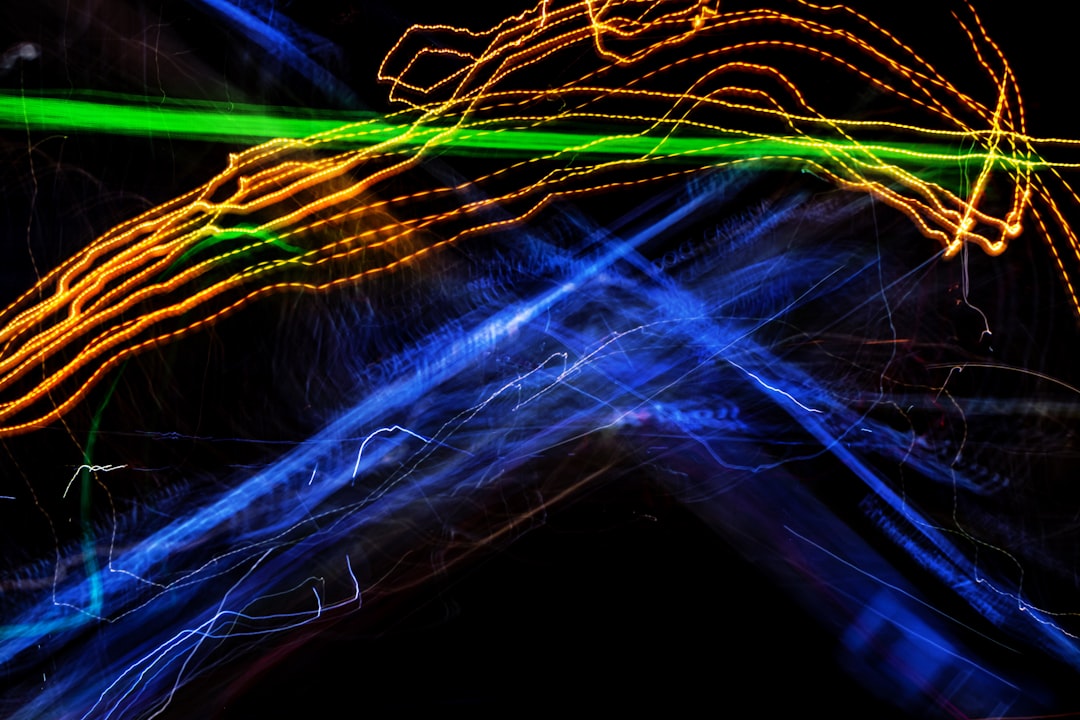What is it about?
This paper is about a basic phenomenon encountered in quantum physics: When one observes the motion of charged quantum particles moving through the interior of a detector by periodically observing their approximate positions then these positions line up along trajectories close to orbits of classical particles. This phenomenon puzzled Einstein. He argued that the propagation of quantum particles is a wave-like phenomenon very different from the propagation of classical particles. Well, it turns out that measuring the approximate particle positions at a sequence of instances converts the wave-like nature of the propagation of quantum particles into a phenomenon describable in terms of orbits of classical particles.
Featured Image

Photo by Toby Elliott on Unsplash
Why is it important?
The paper is important, because it addresses a long-standing puzzle in quantum mechanics that has been studied by many people with only very limited success. Our paper (and a precursor paper) provides a compelling explanation of the phenomenon. It contributes towards revealing the basic contents of quantum mechanics.
Perspectives
In three years, the physics community will celebrate the 100th anniversary of the discovery of quantum mechanics (in the form of matrix mechanics) by Heisenberg, Dirac and others. Yet, quantum mechanics still poses many puzzles and inconsistencies and appears to confuse not only lay people but grown-up physicists. We feel it is time to change this unsatisfactory state of affairs by attempting to complete the formalism of quantum mechanics in such a way that those puzzles and inconsistencies disappear. We are optimistic that it is possible to reach this goal and that we have made interesting progress. Our paper represents a small step in the right direction and opens a door.
Juerg Froehlich
ETH Zurich
Read the Original
This page is a summary of: The appearance of particle tracks in detectors. II. The semi-classical realm, Journal of Mathematical Physics, June 2022, American Institute of Physics,
DOI: 10.1063/5.0088668.
You can read the full text:
Contributors
The following have contributed to this page










